In-Situ Gas-Adsorption
Computer Controlled Gas-loading Apparatus
The Computer Controlled Gas-loading Apparatus available here at NCNR is a Sieverts apparatus.
Gas adsorption (process that occurs when a gas accumulates on the surface of a solid forming a molecular or atomic film) in high surface area nanoporous materials, such as metal-organic frameworks (MOF) is essential to understand the structure and dynamics of different gases inside these materials. Gases such as hydrogen, deuterium, methane, and CO2 are of particular interest. CO2 sequestration has also been of particular interest not only academically, but also for industrial applications.
In adsorption experiments, carefully measurement of volumes and pressures of the gas used in order to ascertain the amount of the gas being adsorbed by the sample is paramount. For this reason, a computer controlled gas-loading manifold system designed for a working pressure rating of 200 bar is available for in-situ adsorption measurements at the NCNR User Program.
The in-situ neutron scattering measurements coupled with isothermal adsorption measurements may be performed at working pressures up to gas cylinder pressures. The ultimate pressure limitation on an in-situ neutron scattering measurements is dictated by the sample vessel working pressure. Nevertheless, it is necessary to obtain proper loading concentrations throughout the measurements due to the adsorption of gas by the sample.
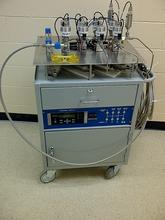
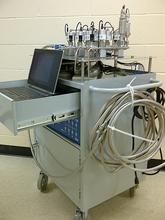
There are a number of choices for the appropriate equipment available for in-situ gas adsorption neutron scattering measurements at NCNR:
| Hardware | Details |
|---|---|
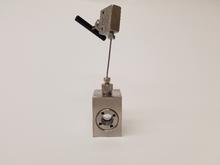
|

Credit:
Cedric Gagnon
SANS Block Pressure Cells:

|
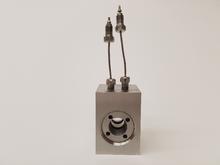
| SANS Block FLOW Pressure Cells:

|
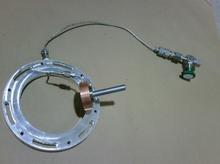
| Bottom Loading CCR “Gas-Collar” adaptor. These adapters are used with our existing bottom loading Closed-Cycle Refrigerators for dosing of gases at a wide temperature range. *PMAX: Rated by sample holder pressure rating. *Gas Compatibility: See “GAS SAFETY AND MATERIAL COMPATIBILITY DATA CHART” available from S.E. Responsible. |

| Top Loading CCR “Gas-Loading Sample Valve” adapter. These adapters are used with our existing TOP loading Closed-Cycle Refrigerators for dosing of gases at a wide temperature range. *PMAX: Rated by sample can pressure rating. *Gas Compatibility: See “GAS SAFETY AND MATERIAL COMPATIBILITY DATA CHART” available from S.E. Responsible. |

| 1kbar pressure cell. 
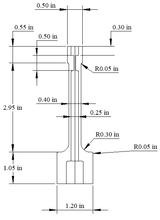
|
Contacts:
- cedric.gagnon [at] nist.gov (Cedric Gagnon)
Contacts
-
(301) 975-5295

